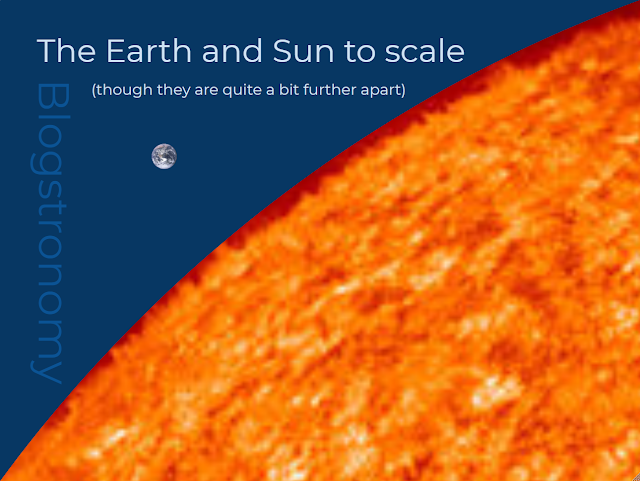What is Interstellar Space?
"I'm kind of confused by the term "interstellar space". If it's defined as the space between stars, isn't our entire solar system in interstellar space?" - Question posed by Dyana.
The word 'interstellar' does literally mean 'between stars', but what's referred to is actually the space between the spheres of influence of stars.
Put a slightly different way, the Voyager probes will enter interstellar space (which is what prompted Dyana's question, over on a G+ post) when the Sun stops being their primary influence.
I've just thought of an analogy: imagine watching sprinklers watering the gardens of some stately home. The furthest reach of each sprinkler's influence (i.e. the area in which you would get wet if you were to stand there) is some distance from the actual sprinkler, and the edge of this area is pretty fuzzy (there's no sudden transition from wet to not-wet). There are, though, bits where you can stand and be pretty confident that you won't get wet at all. These bits could be regarded as inter-sprinkler space.
Officially, the boundary between stellar and inter-stellar space is where the solar wind becomes weak enough that the winds released by the massive explosions that are the death-throes of other stars become a bigger influence. Voyager 1, at eleven billion miles from the Sun, is currently in this crossover region, which is known a little disappointingly as the 'stagnation layer'. It is hoped that data received from Voyager 1 as it enters interstellar space will give us more information about where the boundary actually is, and what it's like out there.



Comments
Post a Comment